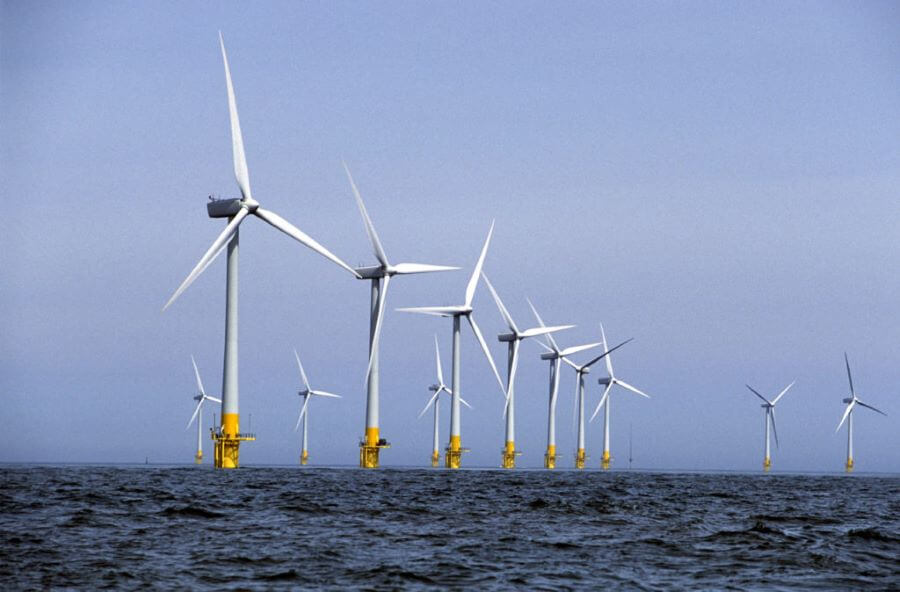
Living up to the sustainable potential of offshore wind
George Morrison, Director, Aquaterra Energy
Offshore wind has impeccable sustainability credentials, however, the technology’s environmental potential may be at risk if current trends continue. The rapid growth in the size and scale of offshore wind turbines and equipment poses some significant environmental challenges.
While the first offshore wind turbines stood just 100 metres tall, these are now being replaced with 300 metre giants, as high as the Shard building in London. The next generation of skyscraper-sized turbines will require a major increase in the scale of wind turbine installation vessels (WTIV), platforms, port facilities and all other equipment. This risks creating a cycle of unsustainability, as manufacturing emissions scale up in tandem with demand.
At Aquaterra Energy, we have identified key areas of opportunity for offshore wind to reach its sustainable potential.
Future proofing offshore wind
A truly sustainable industry will need its installation tools, technologies, and turbines, to be designed and future-proofed with their lifetime impact in mind and there is still work to be done in this area. Crucially, the WTIV toolkit has not been standardised so that it can be easily scaled up for larger scale production. This means that each time we see new platform designs, such as semi-submersible floating windfarms or larger turbines, the entire installation process must be retooled, leading to significant operational and environmental costs. WTIV manufacturers can take steps to addressing this by future-proofing vessels and considering alternative applications at design stage or by reviewing future applications and upgrading their existing equipment.
Taking a modular approach can be highly effective for engineers when considering future applications. For example, our Sea Swift platform is modular by design and is adaptable to new applications such as offshore wind substations, demonstrating how future-proofing offshore assets at design stage can extend their lifecycle and curb waste. We’ve developed the platform to use up to 30% less steel than off-the-shelf jacketed options, showing how modular, multi-purpose assets can reduce waste and emissions.
A circular offshore wind economy
Engineers from across the offshore energy sector have an incredible amount of existing knowledge and experience that could greatly aid the offshore wind industry. Existing equipment from other sectors, such as oil and gas, can be repurposed to service the industry, creating a circular economy of installation assets and expertise. Oil and gas has a long history, and deep sector knowledge, of pursuing ongoing evolution and improvement rather than replacement. There are drilling rigs built in the 1980s that are still in use today, being used for far more complex wells than they were originally designed for!
Offshore wind could adopt this circular approach, looking for ways to re-use existing assets from other industries. For example, we have used expertise from our oil and gas heritage to modify a jack-up construction vessel for an offshore wind project where the vessel’s crane capacity was not suitable to install the latest equipment. Our modification allowed the operator to do a third less crane trips, making operations more efficient and cost effective – demonstrating the value of taking a circular approach.
The incredible value of offshore wind is clear, tapping into an abundant natural resource to decarbonise much of the world’s electricity, but we must ensure that the sector operates as sustainably as possible. At Aquaterra Energy, we’re excited by the opportunities for a circular offshore wind economy to develop, driven by a mindset of future proofing, reusing, and repurposing to ensure that the industry lives up to its sustainable premise.
Get in touch to learn more about our innovative offshore wind solutions.